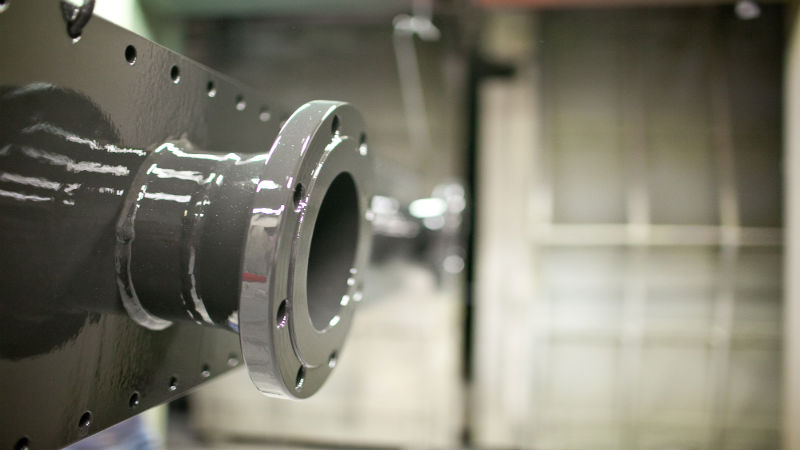Industrial chrome plating is a common practice many finishing companies utilize to ensure certain components and their products assume various desirable properties or qualities. Since the early 1920s, many diverse industries have chosen chrome plating over other types. It is a method that has proven itself effective time-and-time again.
What is Chrome Plating?
The term “chrome” is not to be confused with the general application of the word to any shiny, reflective finish. Rather, chrome is the shorter and most common form of chromium. A naturally occurring metal, it is rarely ever used on its own. In fact, such things as solid, pure chrome do not exist. These items are usually items that have been chrome plated or coated.
Identifying Chrome Plating
Unless you are an expert or know what to look for, you may not be able to tell aluminum finished shiny components from those of chrome. However, certain characteristics do make chrome stand out from its other shiny opponents. Chrome plating is:
- Generally more bright or reflective than other metals
- Bluer in appearance
- More highly polished with an intense ability for individuals to see their reflection – similar to a highly polished, modern, glass crystal mirror than a dim, worn out, poor quality, looking glass
This also explains why some industries prefer industrial chrome plating to other types of metal electroplating. It is the final product – shiny but an effective and protective coating in a variety of ways.
Substrate Metals for Chrome Plating
Chrome is electroplated on a variety of metal and even plastic surfaces. A thin layer is commonly applied to a substrate of:
- Aluminum
- Brass
- Copper
- Plastic
- Steel
- Stainless steel
Chrome plating may also be applied to other substrate surfaces but these are the most employed as a base. Steel, is the most common of all the substrates of receiving a plating of chrome.
Why Select Industrial Chrome Plating?
Plating is a common means of enhancing the substrate metal of a component. By applying a thin layer of metal to the surface of the substrate, a finisher can improve and enhance its base qualities. While many metals provide excellent qualities, industries may prefer to use chrome for any of several reasons. The two major reasons for a chrome plating are as follows:
- Surface Protection: to protect the base or substrate metal from such things as corrosion
- Decorative: Chrome is often used as a decorative coating – improving the appearance of the substrate metal
This does not mean the two are not mutually inclusive. By using chrome as a protective coating, finishers provide some form of protection to the substrate. This just goes to show that industrial chrome plating, or chrome plating of any type, is more than just a shiny surface.






